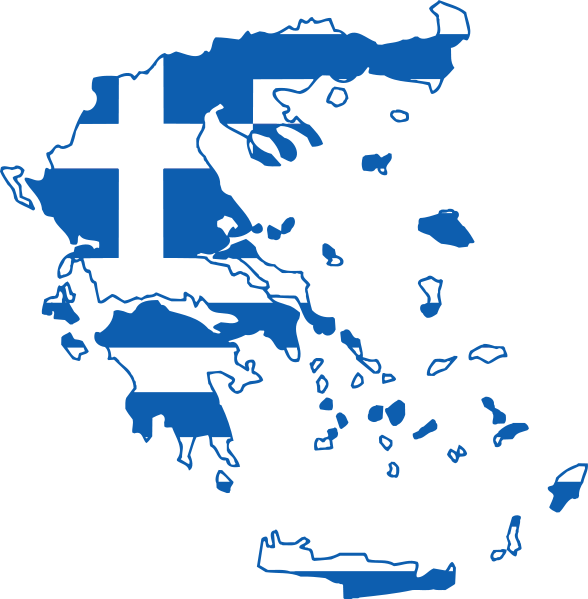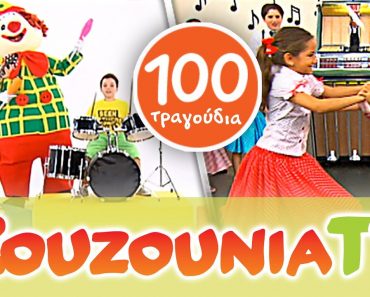As we head toward the culmination of the divine drama and the celebration of Holy Pascha, this special time is prime for sharpening our spiritual senses, but also contemplating certain qualities of our cultural otherness that shape our worldview and unique historical standpoint.
The holy days leading up to the ‘feast of feasts’ make use of all the resources around us. The hymns of Holy Week, with their interchanging modes, each designed to inspire a particular mood or feeling, combined with some of Greek literature’s most masterful poetic compositions hold a pre-eminent position. They are succored by the exquisitely simple ‘philokalia’ of flowers decorating the gold-embroidered ‘epitaphios’ and icons, helping us to communicate with the archetype that they depict. Meanwhile, the fragrances of spring intermingle with the incense to further ingrain this singular spiritual experience in the minds and hearts of the participants.
Although the parish is the center of the festal gatherings, the celebration cannot be contained indoors. Perhaps that’s why the faithful take to the streets during the litany of the epitaphios and gather under the star-studded midnight sky to proclaim the Lord’s Resurrection! The communal celebration in the parish extends to the ‘kat’oikon ekklesia’ (household church), as the faithful diligently bring their lit candles from the Resurrection service to their homes with the light from the unwaning light. The kitchens that remained conspicuously devoid of meat and dairy products during the Lenten period suddenly reveal a sumptuous feast featuring dyed eggs, the paschal lamb, and the joyous clanging of wine glasses. Music and dancing accompany the family gatherings and without a doubt, all creation knows that the Hellenes are celebrating Pascha!
Shortly ahead of this year’s feast, an interesting concert took place at the Hellenic Cultural Center in Astoria, NY titled ‘Chant Like a Singer – Sing Like a Chanter’, featuring vocal renditions by Messrs. Grigoris Maninakis and Dimitris Kehagias. Despite the counterintuitive title, which musical purists would balk at, the concert aimed to point out the influence of traditional ecclesiastical (AKA Byzantine) music on Greek songs, ranging from traditional folk songs to rembetika (the Greek blues). The vocalists’ endeavor was backed up by some very credible testimony, considering musical greats Manos Hadjidakis and Mikis Theodorakis have both gone on record noting the very same thing; for example, that Vassilis Tsitsanis’ famous song ‘Synnefiasmeni Kyriaki’ (Cloudy Sunday) is based on the same mode (4th Plagal) as the well-known ecclesiastical hymn to the Theotokos ‘Ti Ypermacho’ (O Champion General). Moreover, Hadjidakis goes as far as to suggest that even if an artist singing rembetika and had no knowledge whatsoever of the traditional modes of Byzantine ecclesiastical music, it would be nearly impossible for him to sing outside of its scales, because these harmonies are imprinted in his acoustic database and the collective musical mindset of the people.
True enough, considering the eight main modes of Greek ecclesiastical music are a continuation of the ancient Greek scales taught and handed down by Pythagoras and Plato, we are talking about over two millennia of musical tradition that has been coded into the cultural DNA of the people. And to further illustrate this connection, literary great Alexandros Papadiamantis eloquently notes the change between Lydian melodies dominating much of Holy Week and the Dorian melodies proclaiming the Resurrection in enthusiastic celebration in his newspaper articles on Holy Week. Moreover, his columns highlight similarities between ecclesiastical hymnography and Pindar’s classical poetry, while also identifying various hymns as iambic or hexameter compositions, in addition to classifying others as dithyrambs.
Returning to the aforementioned concert, besides serving as a useful reminder about the fact that authentic Greek musical genres are deeply influenced by our ecclesiastical hymns. The hymns represent the closest surviving form of classical Greek music, and it also gives us cause to consider the Hellenic worldview, which rejects the Manichaean dichotomies of the West and frequently espouses the concept of the Platonic term ‘synamphoteron’ (the co-existence of two things). This notion is coupled to the term ‘alliloperichorisis’ (inter-encapsulation), which refers to the meshing of two or more things, without either losing its traits or properties, operating alongside each other without being adulterated.
From its trinitarian theology and its geographical location, looking toward both the East and West, as symbolized by the two-headed eagle, to its music and mindset, Hellenism/Romanity expresses this unique outlook in so many of its practices. These are perhaps most evident during the holidays – especially during Pascha. Perhaps that is why, according to Papadiamantis, “when the Greek people say the word Anastasis [Resurrection] a hidden chord is struck in the depths of their heart, also reminding them of the resurrection of their People, and Christ and the Homeland are both present there, both equally suffering and divine.”
Follow me on X @CTripoulas







